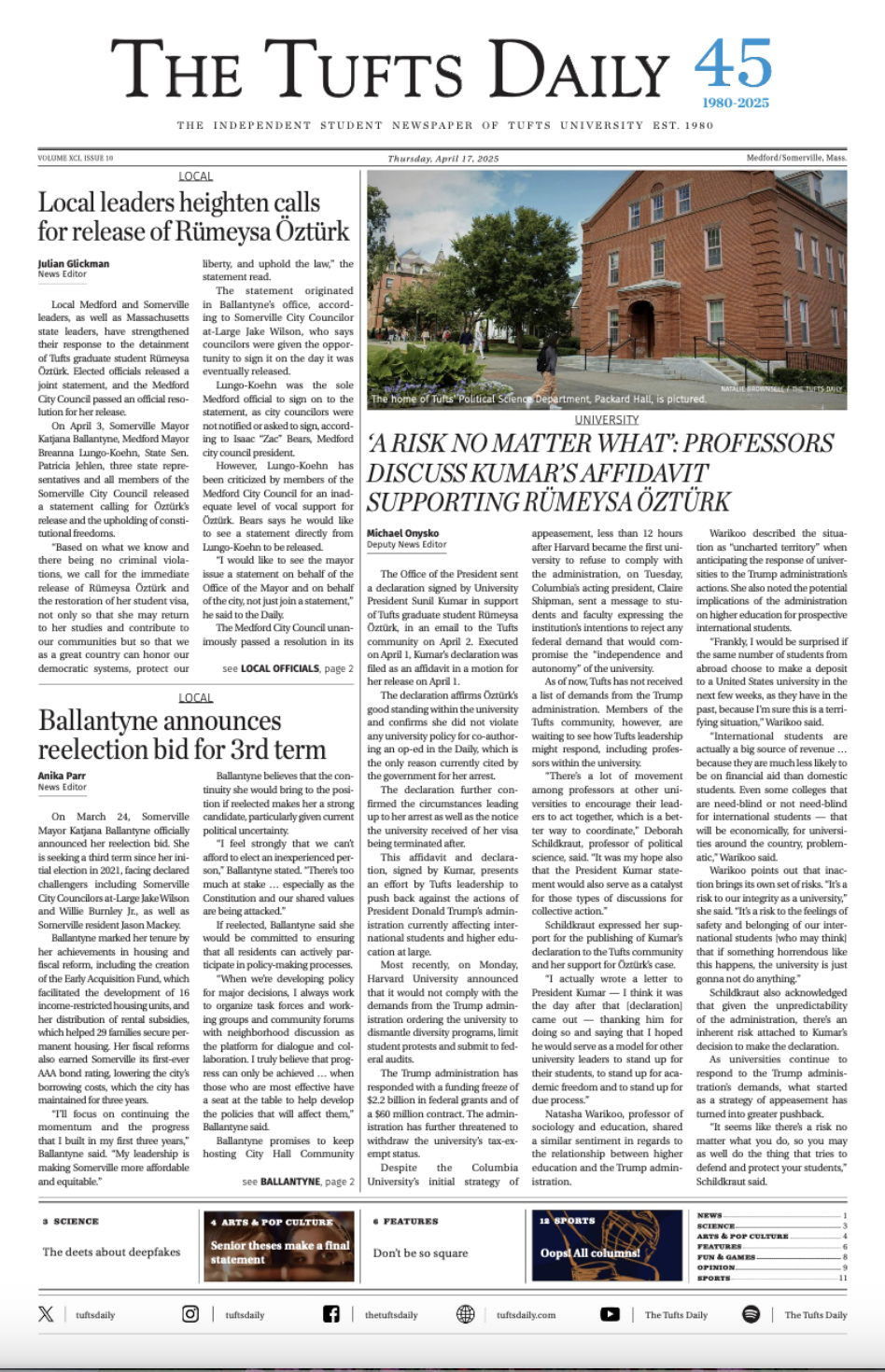If you've been a reader of my column for a while now, you’ll know I’m a huge fan of out-of-the-ordinary and unconventional books. They’re an enjoyable break from cookie-cutter stories that can flood the bestseller lists, and the hackneyed tales some authors can churn out in just a few months. Unconventional books have qualities that aren’t found in many other contemporary works of literature, making them exciting for readers who want something new. Below I’ve chosen a few of my favorites: one fictional story and two nonfiction.
I love creepy stories, so what better way to make horrifyingly detailed writing even scarier than to include a few dozen Polaroids with the words? That’s exactly what happens in “Miss Peregrine’s Home for Peculiar Children,” by Ransom Riggs (2013). I became familiar with Riggs’ fascination with old photographs, which he finds for 25 cents at flea markets, after discovering his YouTube channel, but his brilliant writing brings these photographs to life. In "Miss Peregrine's," he tells the story of Jacob, who learns of a home for strange children on an island off the coast of Wales. Though the home stands empty at first, he realizes these children weren’t just quarantined for their deformities, but also for their apparent danger to society. Jacob initially believes the children to be dead, but soon discovers they may still be alive. The haunting photographs fit in beautifully with the rest of the story, making the legends of these children more truthful than they originally appear.
I have always been interested in cemeteries, especially the architecture and the words people choose to leave on the markers of those they knew. Tod Benoit’s “Where Are They Buried?: How Did They Die?” (2014) was compiled over years of personal exploration and investigation to find the final resting places of famous people. There are instructions for readers to find the cemeteries themselves, as well as step-by-step directions to find specific headstones. Benoit’s descriptions of the deceased include a brief history of their work and notability, as well as details about their deaths, whether these were untimely, purposeful or natural. I love this book because it continues the stories of these notable people after their deaths. The stories bring these famous folk to an everyman level as they’re put underground like so many before and after them.
Finally, learning about the essence of day-to-day life has always interested me, no matter how boring a day it may seem to others. I find that the small details of things in our lives, things that may seem mundane or ordinary, are significant to our personalities. Edited by Teresa Carpenter, “New York Diaries” (2012) compiles hundreds of diary entries, letters, notes and conversations to capture everyday life in New York City from 1609 to 2009. Carpenter's carefully chosen selections are sometimes significant to New York history, but are often no more than letters between friends. There are entries from wealthy socialites and ones from the poorest of the poor. It’s amazing to see what’s different over the years, what people talk about as time passes and how people speak and write. Together, they create a dynamic image of New York through the ups and downs of four centuries.
I’ve never stumbled upon other books that include detailed instructions on finding graves, ominous pictures from the past or cryptic letters whose larger meanings are lost to time. Perhaps these books will pioneer unconventional storytelling formats in the future, but for now, I'll keep these unique treasures for myself.
More from The Tufts Daily





